Section 10
Circulatory Routes
By Boundless
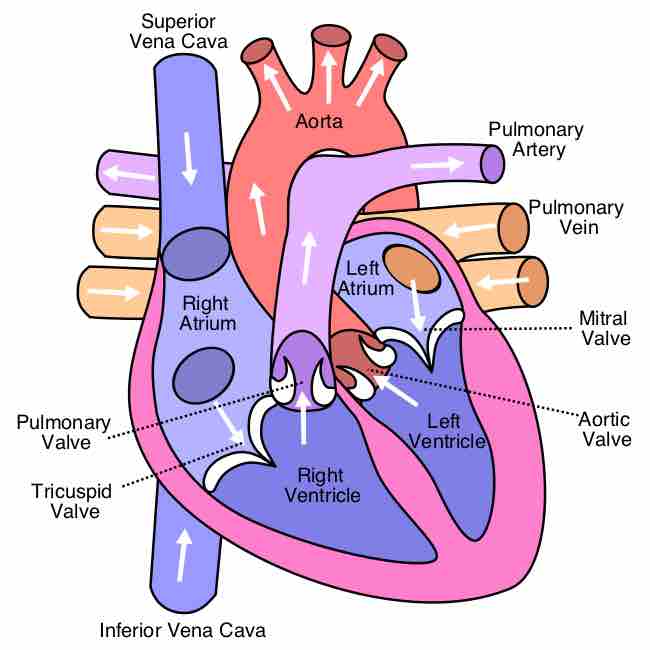
The aorta is the largest artery in the body and is divided into 3 parts: the ascending aorta, arch of the aorta, and descending aorta.
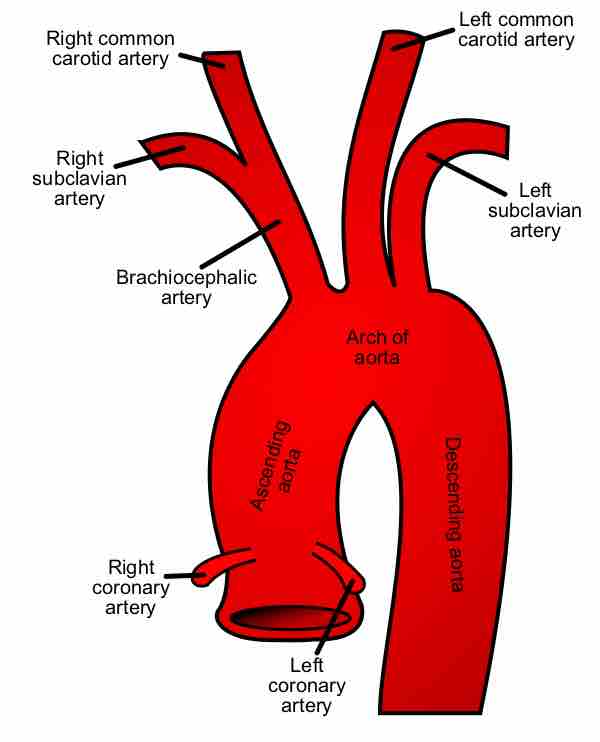
The ascending aorta is the first portion of the aorta; it includes the aortic sinuses, the bulb of the aorta, and the sinotubular junction.

The arch of the aorta follows the ascending aorta and begins at the level of the second sternocostal articulation of the right side.
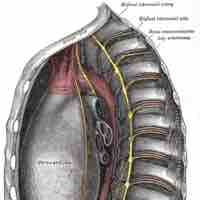
The thoracic aorta is the section of the aorta that travels through the thoracic cavity to carry blood to the head, neck, thorax and arms.

The abdominal aorta is the largest artery in the abdominal cavity and supplies blood to most of the abdominal organs.
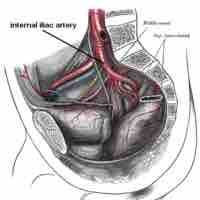
The abdominal aorta divides into the major arteries of the leg: the femoral, popliteal, tibial, dorsal foot, plantar, and fibular arteries.

Veins are blood vessels that carry blood towards the heart, have thin, inelastic walls, and contain numerous valves.

In the head and neck, blood circulates from the upper systemic loop, which originates at the aortic arch.
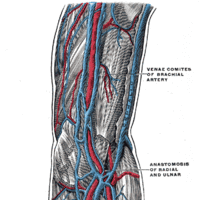
The veins of the upper extremity are divided into superficial and deep veins, indicating their relative depths from the skin.
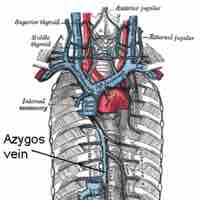
The veins of the thorax drain deoxygenated blood from the thorax region for return to the heart.
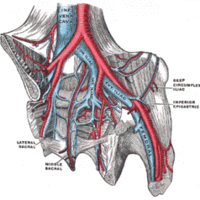
The major veins of the abdomen and pelvis return deoxygenated blood from the abdomen and pelvis to the heart.
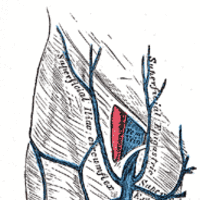
The deep veins of the lower extremity have valves for unidirectional flow and accompany the arteries and their branches.